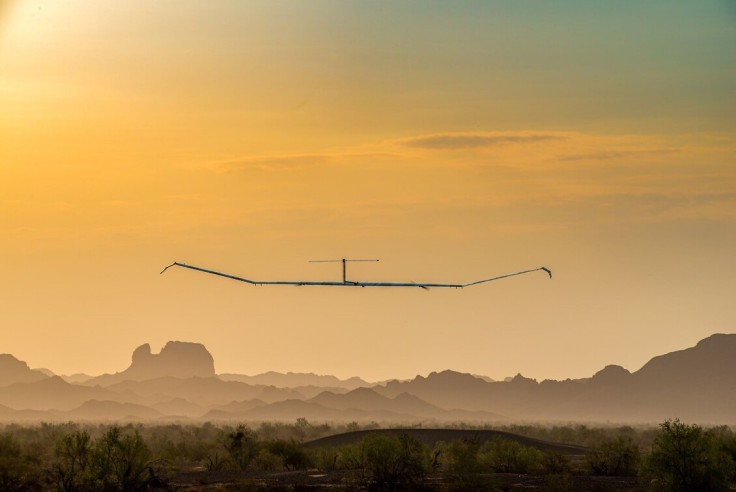What comes up must go down. This flow is a constant for all aircraft, even those used for spaceflights.
However, Airbus may have created an aircraft that can stay in the air longer than usual.
The famous aerospace company is currently conducting a very-high-altitude flight for its Zephyr High Altitude Platform Station (HAPS), or Zephyr S, uncrewed solar-powered aircraft, which has gone for more than two weeks, per Interesting Engineering.
Airbus' Zephyr HAPS' first took flight on July 11, 2018, which lasted for over three weeks, per Airbus' previous announcement.

Airbus Zephyr HAPS Flight Test Details
Airbus mentioned it is in the midst of testing its Zephyr S uncrewed aircraft for a very-high-altitude flight, which has been going for more than 17 days.
The Zephyr S can be described as a drone and a pseudo-satellite in that it doesn't have people crewing it and that it can operate 10,000 feet above commercial airplanes.
Additionally, it uses solar energy exclusively to keep itself in the air, above weather conditions and conventional air traffic, making it a capable aircraft to fill a capability gap complimentary to satellites.
The Zephyr S, which is using the callsign Zulu 82 during the flight test, was reportedly spotted on online flight tracking software after it took off from an airstrip at Yuma Proving Ground in Arizona.
Interestingly, Airbus has since been keeping its tests within the state, with the aircraft notably flying over the Yuma Test Range and Kofa National Wildlife Refuge, per The Drive.
However, it seems Airbus is taking the aircraft to a new location, with its flight tracking data indicating that the Zephyr S is being flown near Arizona's border and southwest toward the Gulf of Mexico.
The aircraft previously flew over the Gulf of Mexico before flying over the Caribbean Sea and the Central American country of Belize before turning back to the US - its current destination.
Airbus Zephyr S Facts
The Airbus Zephyr S was built to provide local persistence at an affordable price with a re-usable solar-powered aircraft that gives a wide scope of applications. These applications include maritime surveillance and services, border patrol missions, communications, forest fire detection and monitoring, and navigation.
Additionally, the aircraft can also be used as a sensor platform for the military. In fact, a spokesperson for the Assured Positioning, Navigation, and Timing/Space (APNT/Space) Cross-Functional Team (CFT) announced it is conducting the previously discuessed experiment to demonstrate Zephyr S' military utility of long-duration assessments of various types of sensors.
In particular, the test is intended to test the aircraft's energy storage capacity, battery longevity, solar panel efficiency, and station-keeping abilities.
The Zephyr S' was designed for highly efficient high-altitude-flight, which it can do thanks to its being uncrewed and light enough to be launched by a group of people by hand.
Its 82-foot wingspan and almost every surface of the Zephyr S' fuselage have solar panels that create the power the aircraft needs to keep itself in the air for long periods. Its first flight took almost 26 days before it landed.
However, it is unknown if the aircraft would be able to break its record during its ongoing flight test.









